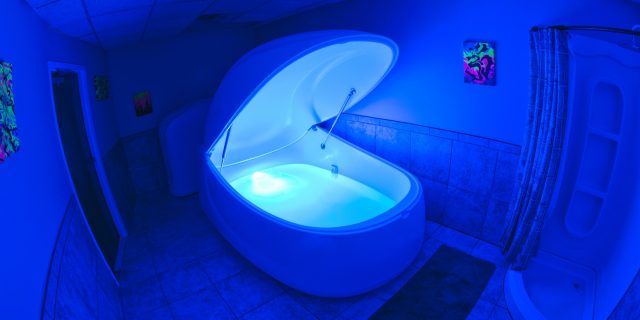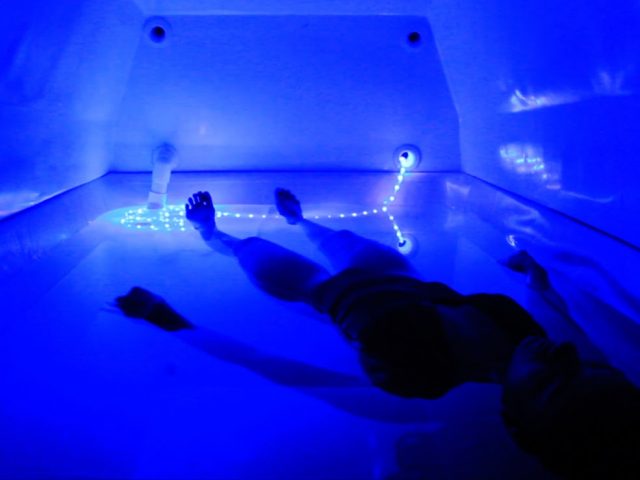For the past few years, a new form of meditation has become popular, the sensory deprivation tanks.
These are tanks, filled with salt water at a normal body temperature, in which a person is enclosed into for about an hour and deprived of their senses.
A person can float in these tanks that do not have any light and are soundproof.
While it all might sound like something out of a horror movie, many people have commented on the positive effects of this tank.
These have become a rage especially in the western countries where people are quite eager to try out these egg-shaped cocoons and figure out what the hype is all about.

However many are still unaware of what exactly are sensory deprivation tanks, how they work, how long can one stay in it, what are the benefits of it and more.
So let us take a look at clearing up these confusions:
Floating With Drugs
Basically, the origin of these sensory deprivation tanks was sometime in 1954 by John C. Lilly who was a neuropsychiatrist and medical practitioner.
Lilly after about a decade of research and experiments tried out floating along with taking some psychedelic agent like LSD.
The interest in these tanks had never been that much, till about now when it has suddenly risen again with it mostly being a way to meditate and let go of one’s thoughts and troubles.
Although there is no scientific reason behind these tanks, at least not one that has been effectively proven, there are more and more such floating clinic popping up that offer this service.

However, this type of meditation has proven to be successful in stress management and several people have observed that it allows one a brief period of time to get away from all the thoughts that bombard one during the day.
Read More: Binaural Beats: What Are They And How Do They Work?
How Do These Tanks Work?
The tanks are meant to cut off all of your senses, that is sight, touch, smell, and sound, that is why they are so small, compact and filled with salt water.
The water is at the exact same temperature at that of the floater’s body and the Epsom salt in the water keeps you floating at the surface of the water without much of a disturbance.
The enclosed lid of these tanks cuts off the sight and sound senses by shutting you off in the dark for a particular amount of time.
An hour is more than enough time to spend in one of such tanks and completely relax without a person experiencing overstimulation.

Does It Really Have A Positive Effect?
While there is no proof as such whether scientifically a sensory deprivation tank really works on not, few studies and researches have indicated to these tanks being useful in decreasing the stress level of a body and calming the busy mind of a person.
These tanks were initially invented to increase creativity, concentration and more, however, they have moved beyond those and become more like a form of meditation itself.
Some people have also commented on how spending time in one of these tanks makes them able to accept stimulation and information quicker than otherwise. It’s also been said that one’s learning ability improves after having spent some time in this kind of a tank and you can absorb and retain information better.
These tanks also have been said to work towards mental calmness and throwing out any negative or disturbing thoughts.
Basically cutting off all your senses allows you to get to a place where your mind can sort of shut down and let go of the various thoughts and stress that you have always lived with.
The only way to see if a sensory deprivation tank works for you or not is to get in one yourself.
Image Credits: Google Images
Sources: Wikipedia, Washington Post, Healthline
Find the blogger @chirali_08
Other Recommendations:
How Our Emotions Affect Our Health-Emotions And Diseases Are Linked!


































